Valley of the Kings
Gateway to the Afterlife
The Valley of the Kings in Luxor, Egypt, is an amazing archaeological site. It sits in the hills near Thebes and was the burial place for the pharaohs of the New Kingdom (1550–1070 BC). Unlike the pyramids of Giza that stand tall, the tombs here are carved into the ground to keep the treasures of Egypt’s rulers safe.
Today, the Valley is a UNESCO World Heritage Site and one of Egypt’s most popular tourist spots. Visitors can walk through painted corridors where pharaohs prepared for the afterlife. This guide provides historical background, excavation details, travel advice, and cultural context to help you plan your visit.
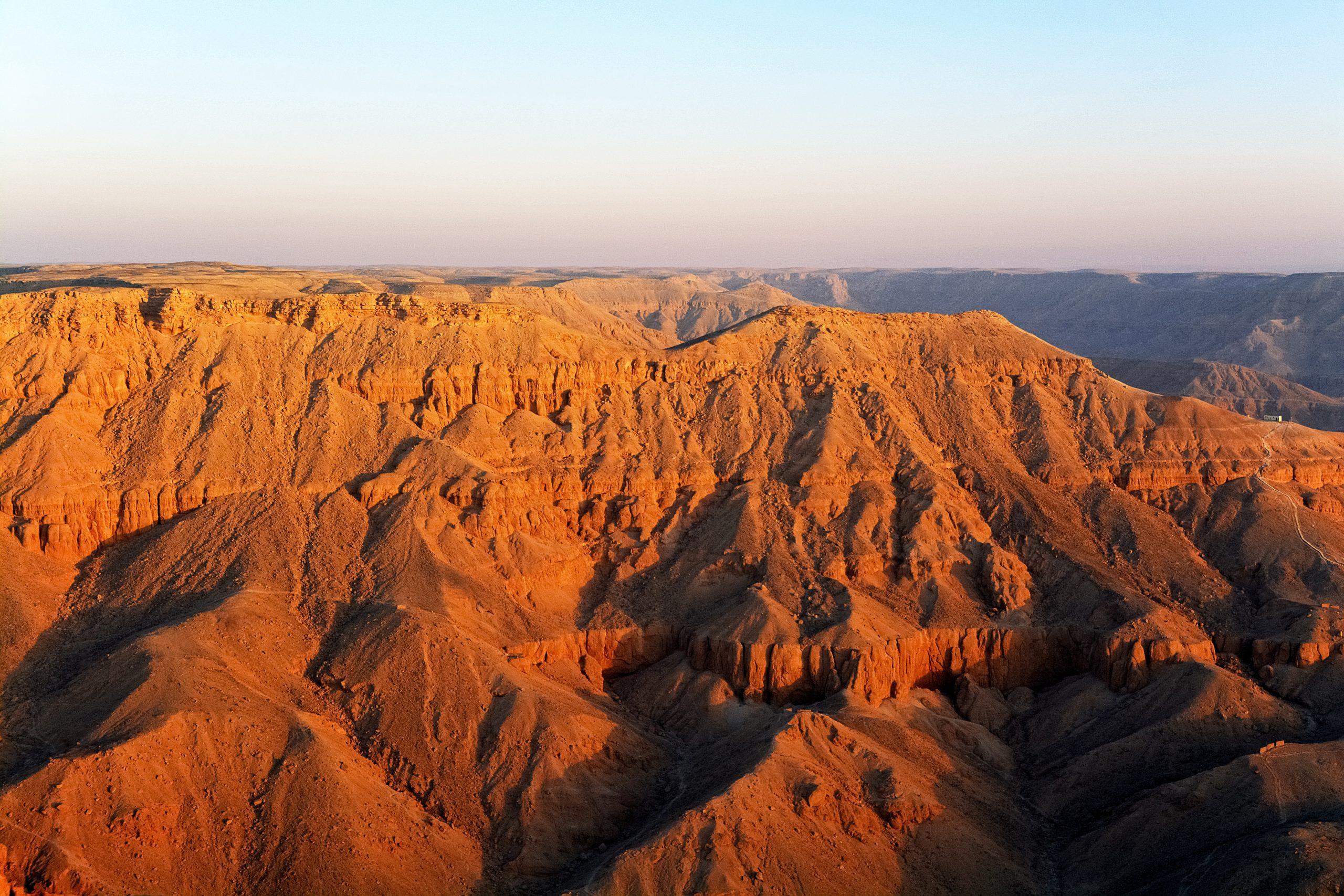
What is the Valley of the Kings?
The Valley of the Kings (Arabic: Wadi el-Muluk) is situated on the West Bank of the Nile in Luxor, adjacent to the ancient city of Thebes. From the 16th to the 11th centuries BC, it served as a burial site for pharaohs, queens, and important nobles from the 18th, 19th, and 20th dynasties.
So far, 63 tombs have been discovered, but not all of them are open to the public. Each tomb is marked with “KV” (Kings’ Valley) followed by a number (for example, KV62 is the tomb of Tutankhamun).
The valley is noted for the mountain peak of al-Qurn, which resembles a pyramid and represents the creation mound in Egyptian mythology. Unlike the pyramids, which are easily seen and often looted, the tombs in this valley were hidden in the cliffs. However, many were still robbed in ancient times. Today, visitors can see beautiful wall paintings and impressive structures that show the Egyptians’ beliefs about death and the afterlife.
Luxor Tours & Activities
Looking to save some costs on your travel? Why not join a shared group tour to explore Luxor, Egypt? Here are some activities you might be interested in:
The Location of Valley of the Kings
Historical Significance
The Valley of the Kings reflects a major shift in Egyptian burial practices. Pharaohs abandoned pyramid construction and instead sought protection in a secluded desert valley.
- Religious Beliefs: Tombs were decorated with texts from the Book of the Dead, Book of Gates, and Amduat, guiding the pharaoh through the underworld.
- Famous Pharaohs Buried Here: Tutankhamun, Ramses II, Seti I, Thutmose III, and many others.
- Archaeological Importance: Excavations have revealed not only royal burials but also workers’ huts, tools, and graffiti, offering insights into daily life in ancient Thebes.
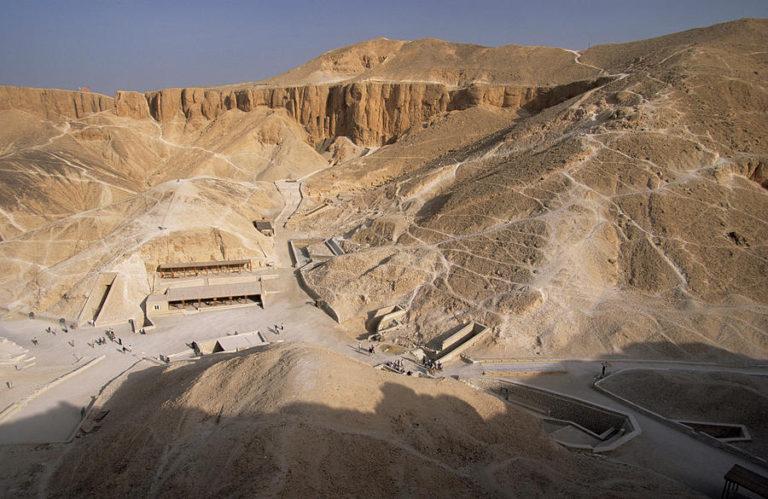
Excavation History & Discoveries
The Valley has long fascinated explorers.
- Early Exploration: In the early 19th century, Giovanni Belzoni, a former circus strongman turned explorer, was among the first Europeans to enter several tombs.
- Howard Carter & Tutankhamun (1922): The discovery of KV62, Tutankhamun’s tomb, was the most significant archaeological find of the 20th century. Carter’s meticulous excavation revealed treasures that had lain untouched for over 3,000 years.
- Modern Projects: The Theban Mapping Project, launched in the 1970s, has digitally documented every tomb, making the Valley one of the best-studied archaeological sites in the world.
- Ongoing Discoveries: Excavations continue today. In recent years, archaeologists have uncovered new chambers, fragments of funerary equipment, and evidence of tomb workers’ lives. The Valley still holds secrets waiting to be revealed.
![[KV62] Tutankhamen Tomb](https://exploreluxor.org/wp-content/uploads/2024/11/Tutankhamen-tomb-1024x683.jpg)
Famous Tombs You Can Visit
Not all tombs are open to the public at the same time—authorities allow access in shifts to protect delicate wall paintings. However, a few tombs are must-sees:
KV62 – Tutankhamun’s Tomb: Discovered in 1922 by Howard Carter, this is the most famous tomb in the valley. It is smaller than others, but its near-intact finding was groundbreaking, revealing treasures like the famous golden death mask. Today, Tutankhamun’s mummy is inside, while most treasures are displayed in the Egyptian Museum in Cairo.
KV9 – Tomb of Ramses V & VI: Known for its large size and beautiful ceiling, this tomb showcases ancient art. The bright images of the sky goddess Nut and cosmic scenes make it one of the most visually stunning.
KV17 – Tomb of Seti I: This is the longest and most elaborately decorated tomb in the valley. Seti I’s burial chamber features colorful reliefs and detailed hieroglyphs that are among the best-prepared in Egypt.
KV11 – Tomb of Ramses III: This tomb is famous for its detailed wall scenes that show the pharaoh’s battles and the “Book of Gates.” It is important both historically and artistically.
Each tomb shows a different part of Egypt’s rulers’ greatness, making it worth visiting multiple times.
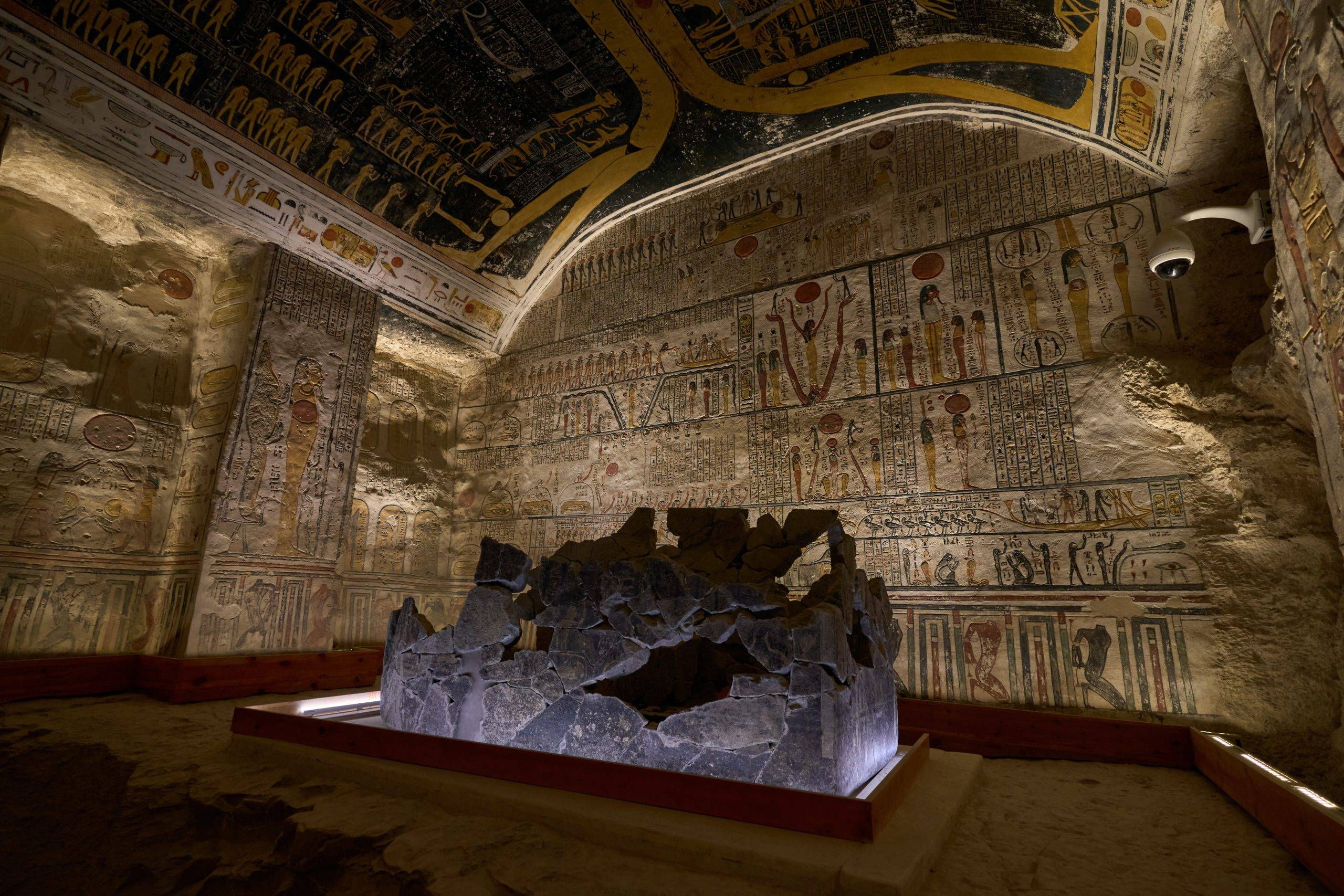
How to Visit the Valley of the Kings
The Valley is about 25 minutes from Luxor city, across the Nile.
Getting There
- Guided Tours: Convenient and informative, often combined with the Temple of Hatshepsut and Colossi of Memnon.
- Taxi or Private Driver: Flexible and affordable for small groups.
- Cycling or Felucca + Local Transport: Adventurous travelers sometimes cross the Nile by boat and cycle to the valley.
Tickets & Entry (as of 2025)
- General Admission: 750 EGP (includes entry to 3 tombs of your choice, excluding premium tombs).
- Extra Tickets: Tutankhamun (700 EGP), Seti I (2,000 EGP), Ramses VI (220 EGP), and Aye Tomb (200 EGP) for students are half of these prices.
Tickets are purchased at the Valley of the Kings Visitor Center, which also has a small museum and tram service to the tomb entrances.
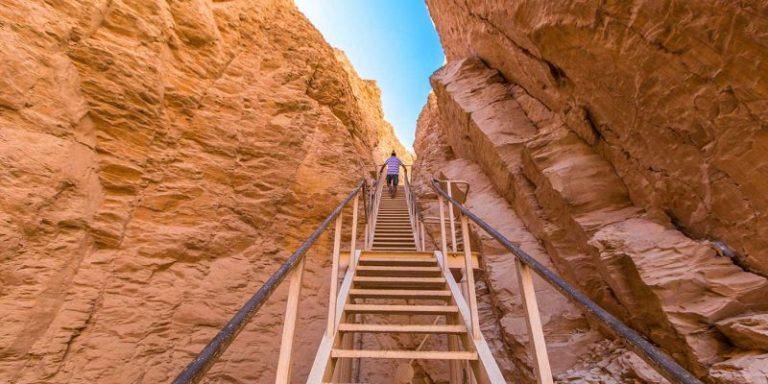
Practical Travel Tips
To make the most of your visit:
- Best Time to Visit: Early morning (before 9 AM) or late afternoon to avoid crowds and heat.
- What to Wear: Light clothing, sturdy shoes, a hat, and sunscreen.
- Bring Water: The valley is exposed and can be extremely hot.
- Accessibility: A tram runs from the visitor center to the tombs, but expect some walking.
- Crowd Strategy: Visit popular tombs like Tutankhamun last, after tour groups have moved on.
- Respect the Site: Avoid touching walls or using flash photography.
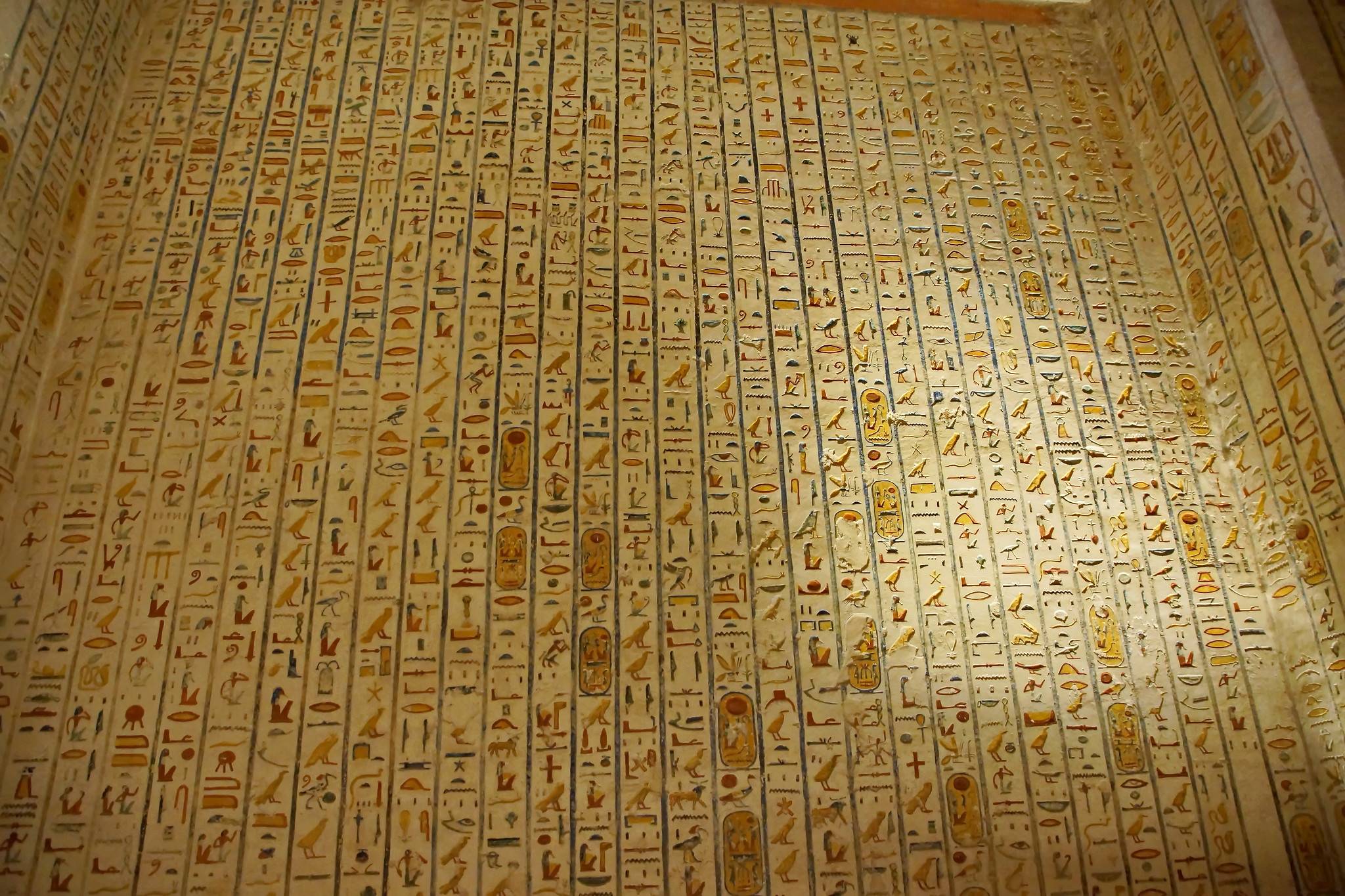
Traveler Segmentation: Who Will Love It Most?
- History Buffs: Will appreciate the detailed wall art and symbolism.
- Families: Children are often fascinated by the “hidden tombs” and Tutankhamun’s story.
- Luxury Travelers: Private guides and early-access tours offer exclusivity.
- Adventurers: Cycling across the Nile or combining with a hot-air balloon ride over Luxor adds thrill.
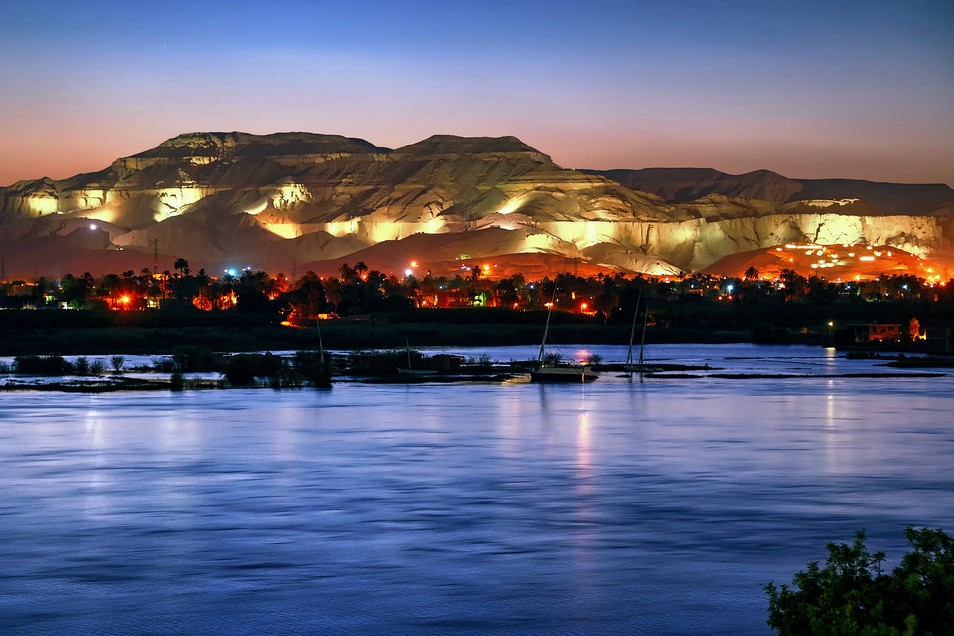
Nearby Attractions on the West Bank
The Valley of the Kings is part of a larger archaeological landscape. Don’t miss:
- Temple of Hatshepsut: A stunning mortuary temple dedicated to Egypt’s most powerful female pharaoh.
- Colossi of Memnon: Two massive statues that once guarded the mortuary temple of Amenhotep III.
- Valley of the Queens: Burial site of royal wives and children, including the tomb of Queen Nefertari.
- Medinet Habu: The mortuary temple of Ramses III, known for its vivid reliefs.
Got a Question?
F.A.Qs
There are 63 known tombs, though not all are open to the public.
Yes, but it requires an additional ticket.
Plan for 2–3 hours to see three tombs and explore comfortably.
Arrive early, visit less popular tombs first, and consider cooler months (October–April).
Did you know that
By purchasing through our links, you support us at no additional cost.
Thank you for your support. ♥️
